Visiting Glacier National Park by train
Visiting Glacier National Park by train means a journey loaded with stunning scenery and more time in your hiking boots once you arrive in the park
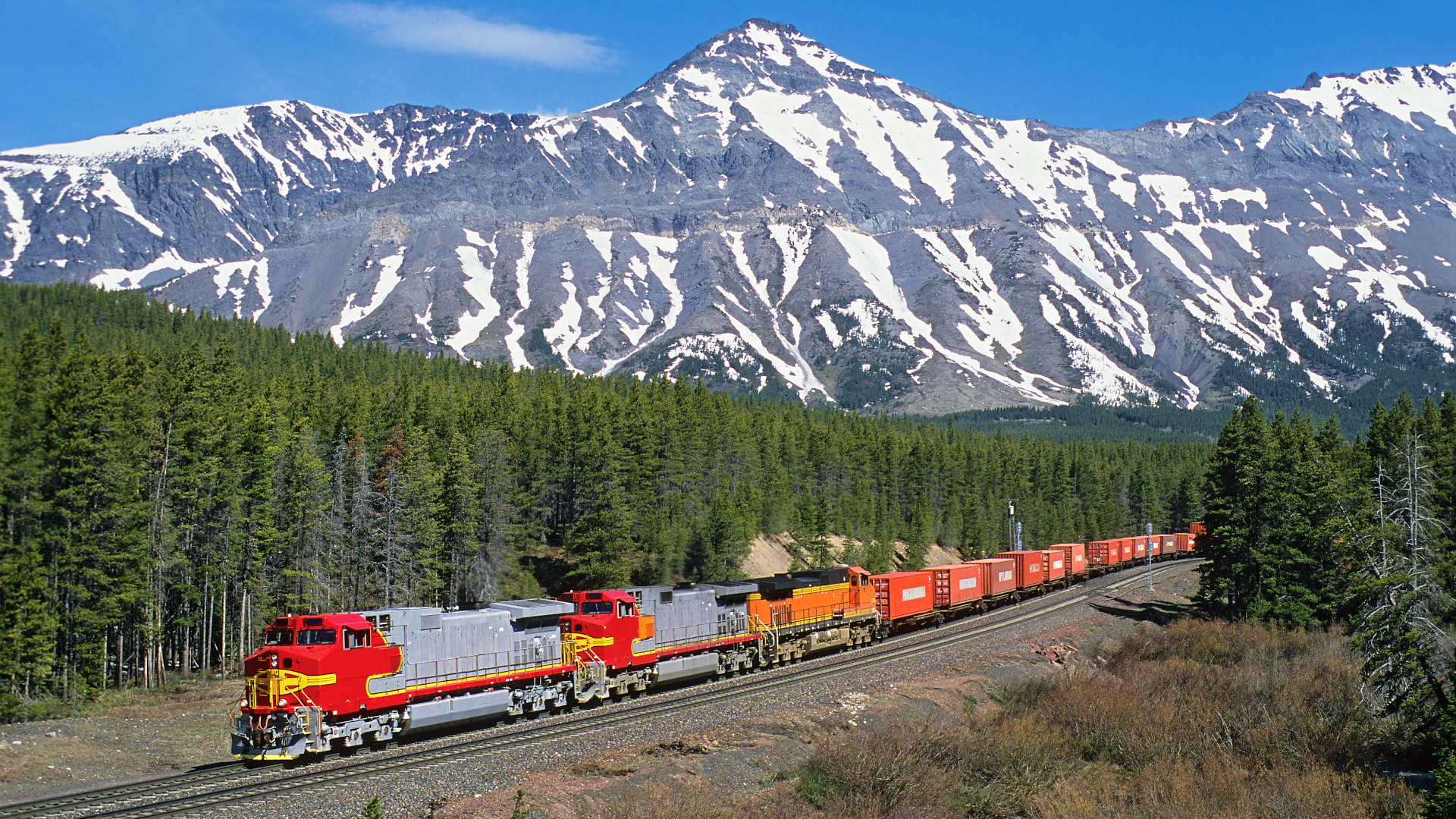
A visit to Glacier National Park means expansive vistas filled with deep valleys, high alpine peaks, majestic lakes and ancient forests. It can also mean a lot of circling around in a hot car looking for a parking spot at every trailhead, campsite and toilet stop. Unless of course, you visit without a car, which can take a lot of hassle out of exploring this popular National Park, and provides the scenic journey of a lifetime if you travel by train. In this article, we talk you through visiting Glacier National Park by train so you can spend more time in your hiking boots, less time with your foot on the gas pedal and tread a little more lightly on the earth during your travels.
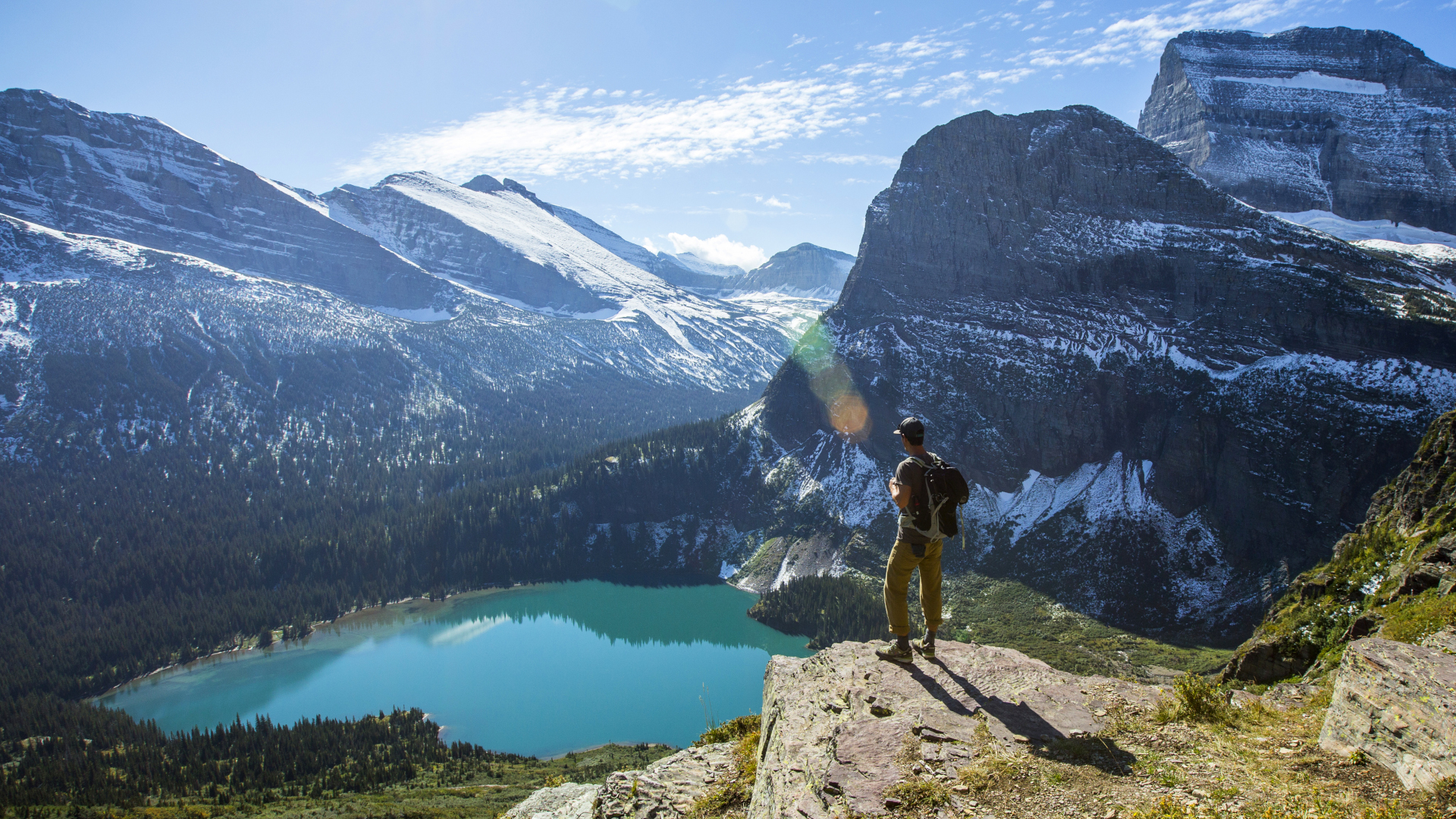
Can you get to Glacier National Park by train?
Though there are other National Parks that you can navigate to using a combination of buses and trains, Glacier National Park is one of the few you can reach directly by train. There are two train stops at either side of the park that are served by the Empire Builder line which runs between Chicago and Washington State. Trains leave Chicago six days a week in the summer and arrive in the park nearly 30 hours later, while the journey from Seattle takes about half that long. The Empire Builder line also stops in St Paul/Minneapolis, Portland and Spokane, the latter of which is a mere seven hours of chugging along the track.
However, using connections, you can get to Glacier National Park from any of the 500 or so Amtrak stations around the country if you have the time. The best way to discover your journey is to head straight to Amtrak and enter your origin station to find routes, times and prices (be aware that you’ll have to enter the destination as East or West Glacier Park, as it won’t populate if you just type in Glacier).
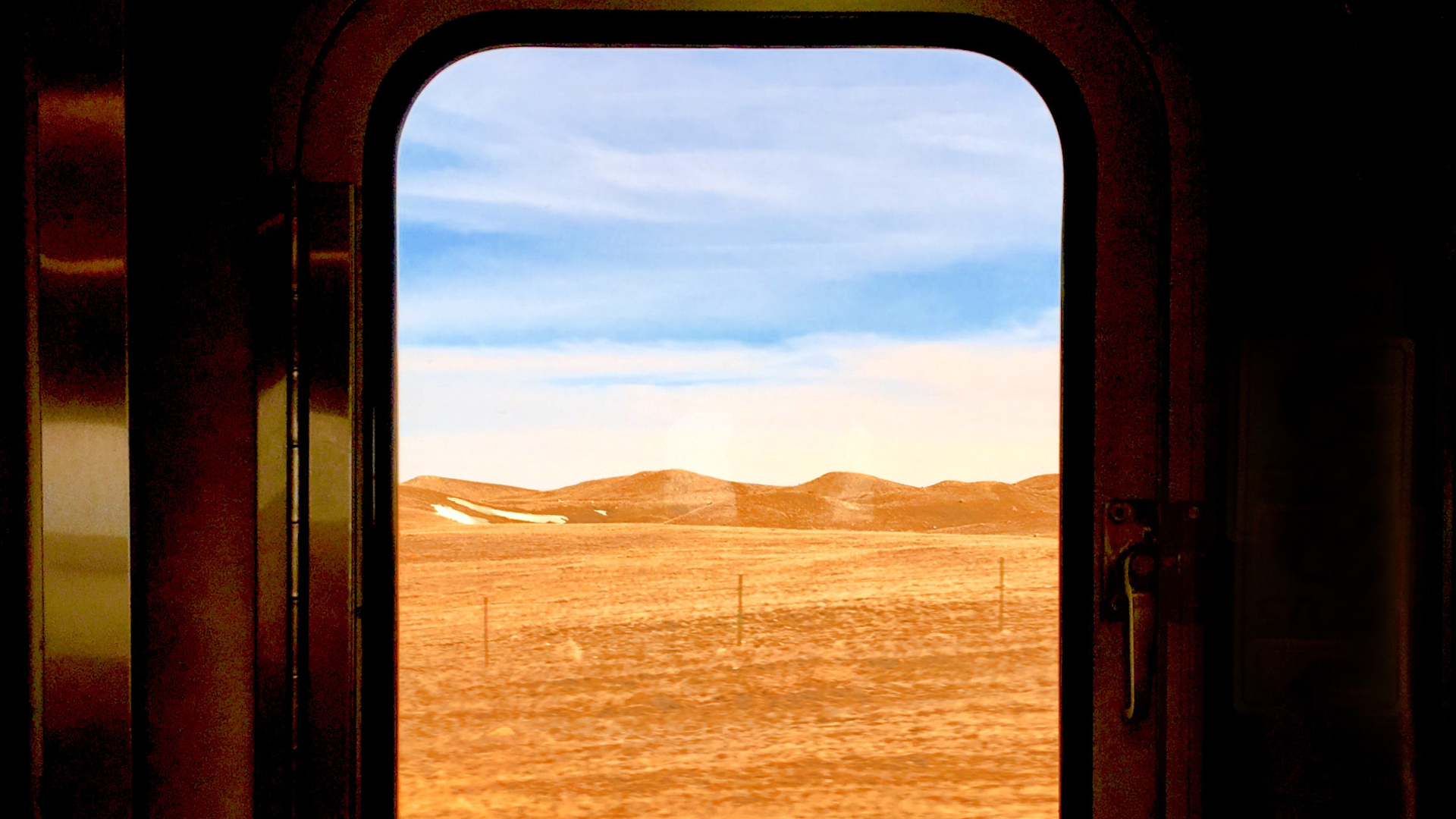
Tickets for this line do sell out in advance, but look ahead and you might find rates as low as $85 one way from Seattle, and $145 from Chicago, although that’s for a coach ticket where you’ll simply have a seat, a fold-down tray table and the opportunity to walk to the dining car for meals. However, if you’re looking for a berth where you can lie down at night in addition to your seat, there are options available from shared roomettes to family bedrooms with showers that begin at around $495 per person one way. We do realize this might make you look twice, but when you add up what you might pay for an uncomfortable flight and a hotel room for the night, it’s not necessarily unreasonable at all, especially when you consider that the Empire Builder route takes you across some of the most magnificent scenery in the American west, including major portions of the Lewis and Clark trail, and you can move around as much as you’d like.
Consider this journey a part of your experience, and not simply a means to an end the way air travel has become, and you’ll delight in this unique experience. And another bonus – flying with camping gear is tricky, while bringing it on board a train is much easier.
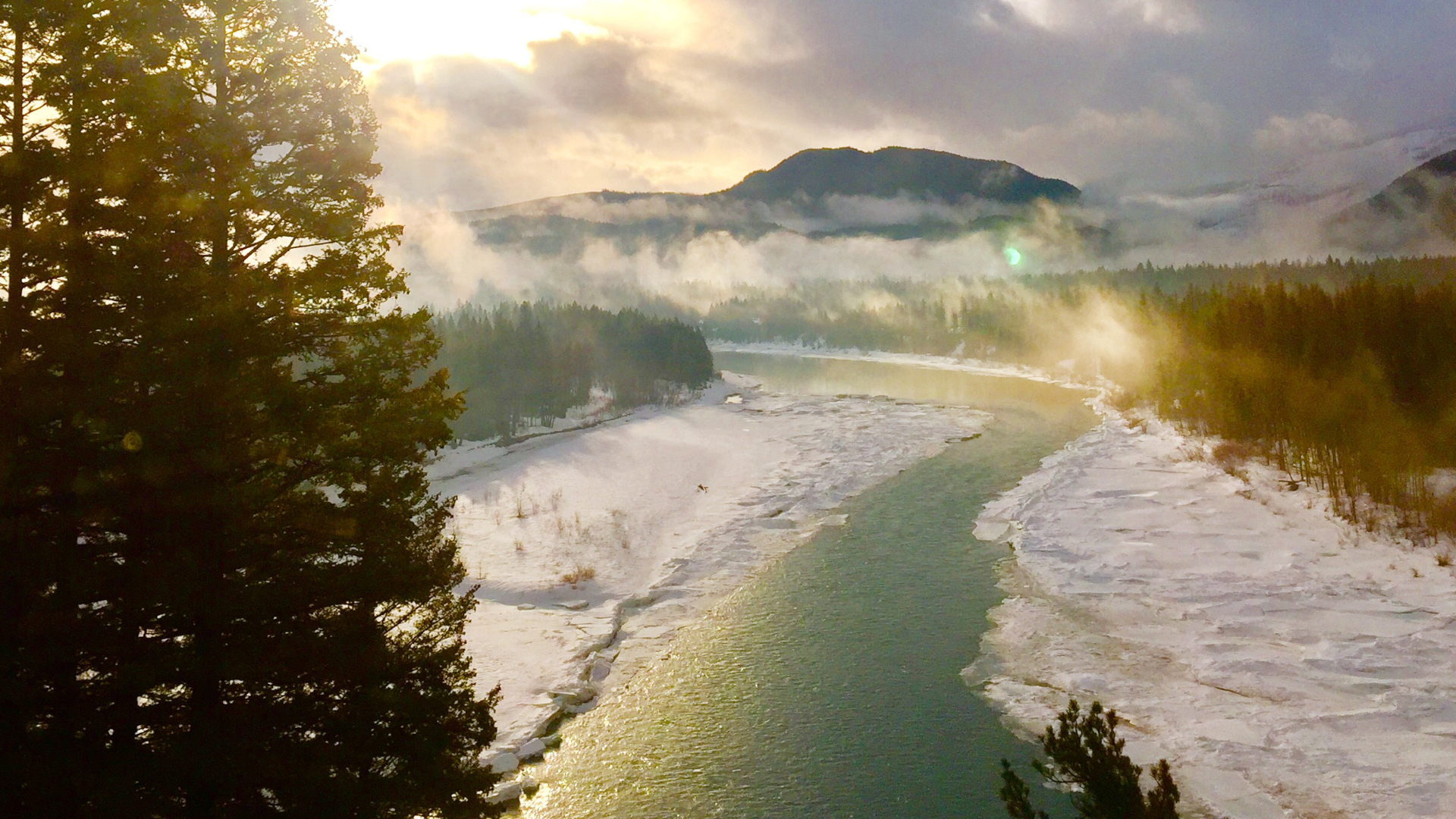
Where does the train stop in Glacier National Park?
There are two train stops in Glacier National Park. The East Glacier Park train station is served seasonally by Amtrak from April to October each year and is near the St Mary entrance station and walking distance from the Glacier Park Lodge and several other hotels and inns. The West Glacier station, also known as Belton station, is near the West entrance station and also walking distance to a couple of lodges. Both stops provide easy access to the famous Going-to-the-sun Road, a 53-mile scenic route that bisects the park and crosses the Continental Divide.
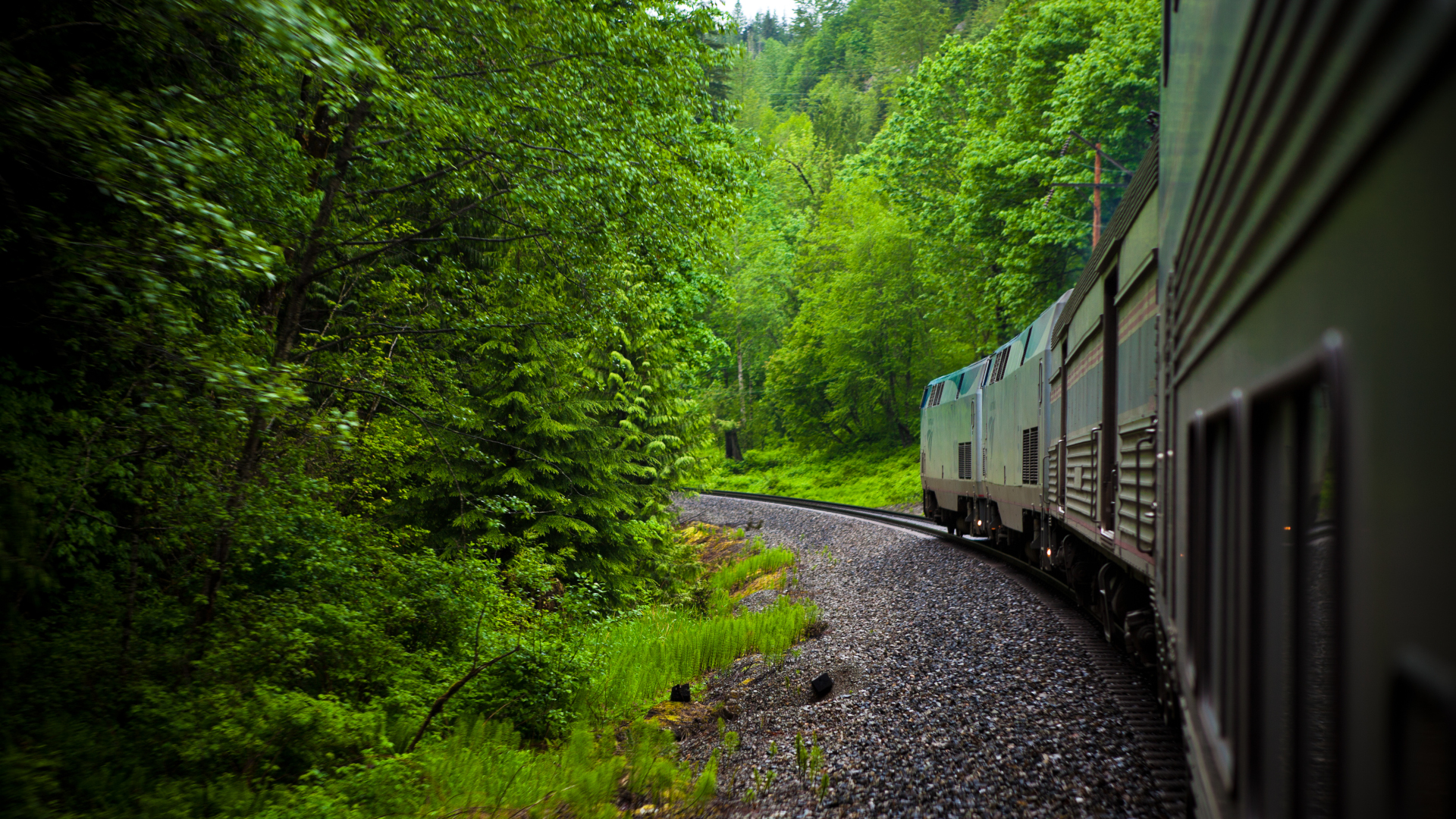
Can you go to Glacier without a car?
Getting to Glacier by train is one thing, but can you actually explore the park once you get there without a car? The answer is, most certainly – and in busy months, it may even be easier than exploring it in a car. Because both train stations provide access to Going-to-the-sun Road, you can access the free shuttles that depart several times an hour in both directions. Though you might not be able to explore every nook and cranny of the park in this way, loads of the best hikes in Glacier National Park can be reached from the road, and unless you’re planning on moving to Glacier for a few months, there’s more to do here than you’ll ever manage in a single trip. Furthermore, lots of the park’s campsites and three visitors centers are to be found along the Sun Road, and visiting on foot means you can walk straight in when you arrive.
All the latest inspiration, tips and guides to help you plan your next Advnture!
Of course, if you're camping, you may need to pack light or know how to fly with your camping gear, though you can make life even easier by renting gear from RightOnTrek’s new Wildness EDGE facility. It’s a 24x7 fully automated gear rental system that sits right outside Glacier National Park airport where you can reserve top-of-the-line gear in a day’s notice including tents, sleeping bags, bear spray, camping stoves, backpacks and more.
Julia Clarke is a staff writer for Advnture.com and the author of the book Restorative Yoga for Beginners. She loves to explore mountains on foot, bike, skis and belay and then recover on the the yoga mat. Julia graduated with a degree in journalism in 2004 and spent eight years working as a radio presenter in Kansas City, Vermont, Boston and New York City before discovering the joys of the Rocky Mountains. She then detoured west to Colorado and enjoyed 11 years teaching yoga in Vail before returning to her hometown of Glasgow, Scotland in 2020 to focus on family and writing.

